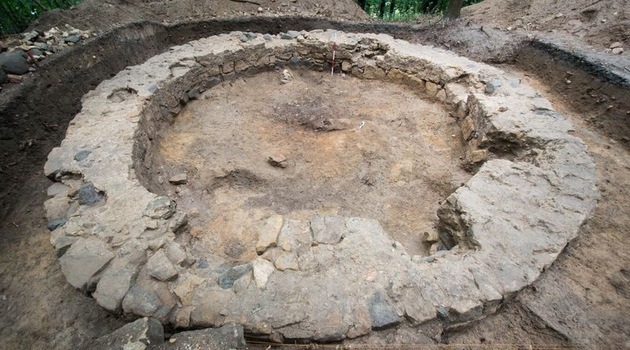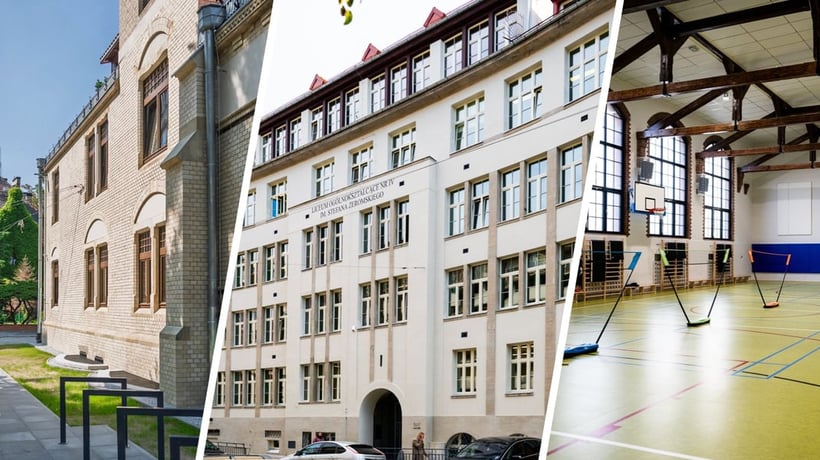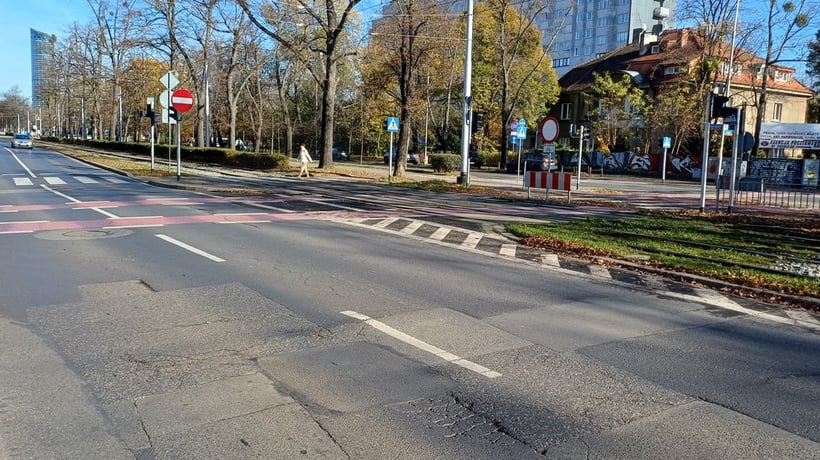Góra Mieszczańska in Złotoryja was selected as a site for archaeological excavations last year. The team of archaeologists under the supervision of Paweł Duma, PhD, made a small dig that helped them to verify whether the alleged gallows location conceals any remains of the construction. The experts returned to the town this year. The excavations took three months to complete.
The gallows foundations have remained in Górka Mieszczańska. Built on a circular plan with a diameter of 7.65 metres, this 16th-century construction was one of the largest of its time in today's Poland. Paweł Duma speculates that just like any other construction of this type the gallows was probably 6 to 7 metres in height.
A gallows was usually built on a hill at the gate leading to the city. They were intended to drive away potential villains. Around 300 gallows were built in Lower Silesia alone. The traces of the few remained, in locations such as Kąty Wrocławskie, Lipie, Mościska, Ścięgny, Złotniki Lubańskie, Lubomierz. The best preserved construction of this type was unearthed in Wojcieszów.
The gallows foundations in Zlotoryja have survived in very good condition. "The structure was damaged in several places by digs made in the 19th centur to mount wooden poles on which the local observation deck was resting," says the archaeologist.
The inside of the gallows concealed many bones, both human and animal. The former gallows area was also used as a dog catching spot. The executioner and his helpers would collect dead animals from the city and buried them around the gallows.
"We've managed to unearth one complete dog skeleton and one cat's. The rest of the bones were in complete disarray," says Paweł Duma.
The remains concealed pieces of kaolin pipes, iron staples with which a noose was attached to the beam and a unique executioner's chain, which was used to exhibit the corpse. The corpse would hang for two years until it started to disintegrate. The remains were thrown down the pits and covered with earth. Coffins were rarely used.
"The excavation will help us to reconstruct Złotoryja's execution spot in detail and throughout the centuries. We will use archaeozoological analysis to identify the species and their related disease as well as the conditions in which they were kept," says the project manager./p>
With a help offered by Daniel Wojtucki, PhD, from the Institute of History, University of Wroclaw, who found information on the executions performed in Złotoryja, we now know that between the 16th century and 1810 around 30 people died in the gallows.
The excavation in Złotoryja was carried out by the students of Archaeology, University of Wroclaw, and additional personnel hired with a subsidy from the National Science Centre. The discovered remains of the gallows attracted interest from the city authorities. The City Office has made a promise to preserve the site and make it available to the public. The site is located in Góra Mieszczańska. which now serves as a city park.
UWr/t






